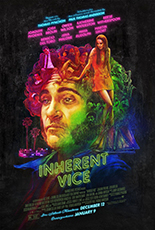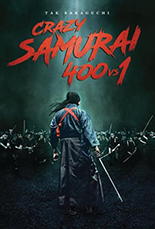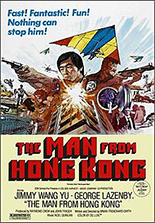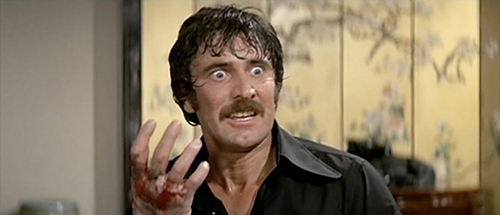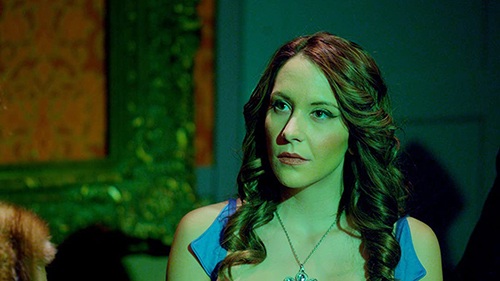
 I remember reading a story about Running Time in the pages of Film Threat sometime in the late 1990s and was pretty pumped to see it, especially with Bruce Campbell in the lead role. But, like many things written about in the long-gone and lamented magazine, it never came out. Sadly, I then completely forgot about it, as one is wont to do.
I remember reading a story about Running Time in the pages of Film Threat sometime in the late 1990s and was pretty pumped to see it, especially with Bruce Campbell in the lead role. But, like many things written about in the long-gone and lamented magazine, it never came out. Sadly, I then completely forgot about it, as one is wont to do.
I was surprised to recently receive it and even more floored to finally watch the one-shot heist film. While it understandably never received a wide theatrical release, it does kind of irk me I never saw it at least once on video back then, considering all the video stores where I worked.
Campbell is Carl, a smart aleck fresh out of prison and ready to rob its scheming laundry take. Teaming up with a trio of typical cinematic losers, everything goes wrong as you might expect, from the smack-addicted getaway driver not showing up to the scummy partner’s quick-trigger finger blowing away a security guard. But it’s the shock ending after the heist from hell that truly surprised me.
At the time it was (barely) released, I admit, I was caught up in the wave of Pulp Fiction and its assorted criminal rip-offs, so I probably wouldn’t have liked Running Time all that much, save for Campbell, of course. But looking at the film now some 20-plus years later, I feel genuine appreciation for what director Josh Becker set out to accomplish, at times even being a bit amazed by it.
Inspired by Alfred Hitchcock’s Rope, Becker creates a flowing single-take film that manages to subvert just about every heist stockpile out there. I’m surprised this structure has barely been attempted since. Of course, I say that and think about another Becker flick, Thou Shalt Not Kill … Except, and realized that’s been largely forgotten about as well.
They never steal from the good ones, do they? —Louis Fowler



